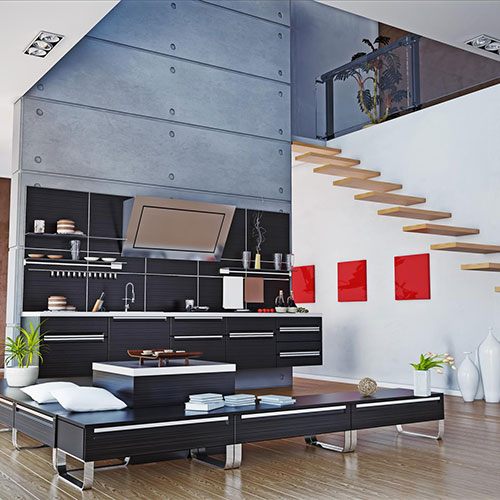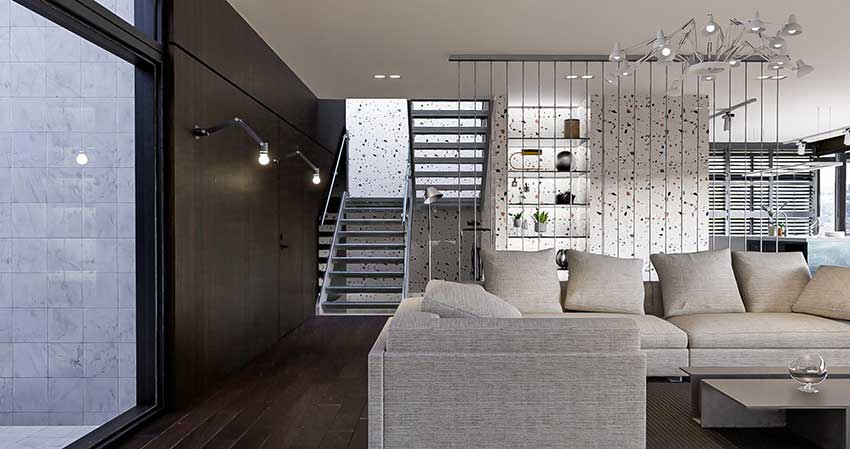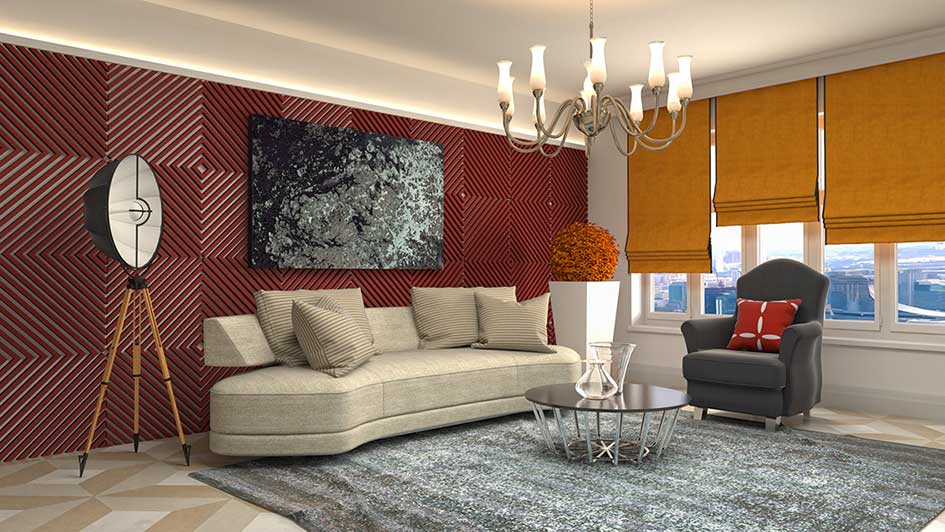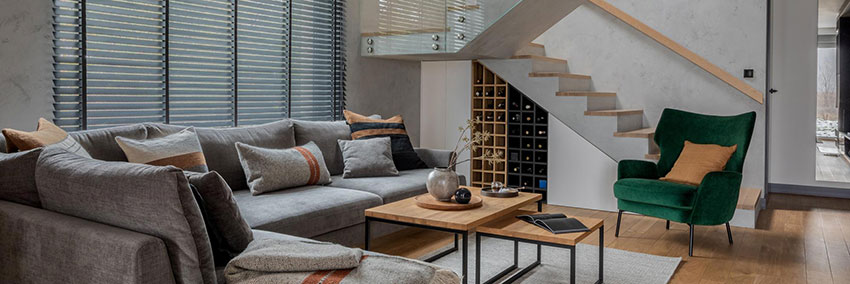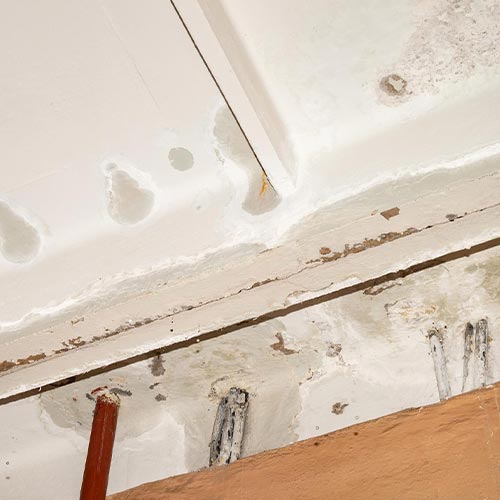Residential Interior Design: Transforming Spaces into Comfortable Havens
Residential interior design is the art and science of enhancing the interiors of homes to achieve a more aesthetically pleasing and functional environment. This process involves a blend of creativity, technical knowledge, and an understanding of the client’s needs and preferences. Whether it’s a modern apartment, a cozy cottage, or a sprawling mansion, residential interior design plays a crucial role in shaping the ambiance and functionality of living spaces.
Transform Your Space with BUILPIRE – Book Your Consultation Today!
The Importance of Residential Interior Design
A well-designed home significantly improves the quality of life. Residential interior design ensures that each room serves its purpose while reflecting the homeowner’s personality. From selecting the right furniture to optimizing natural light and creating color palettes that evoke the desired emotions, residential interior design focuses on both aesthetics and functionality.
Additionally, effective design improves the usability of a home. Properly designed storage solutions, multi-functional furniture, and thoughtful layouts make daily life more convenient and enjoyable. A home that is both beautiful and functional fosters comfort and happiness.
Key Elements of Residential Interior Design
- Space Planning Space planning is the foundation of residential interior design. It involves organizing furniture and decor to maximize the utility and flow of a room. Designers analyze how people move through a space and ensure there’s enough room for comfort and functionality.Effective space planning also considers future needs. For example, a growing family might need flexible layouts that can adapt to changing requirements.
- Color Scheme Colors significantly impact mood and perception. For example, soft neutrals can create a calming atmosphere, while bold shades add energy and vibrancy. A thoughtful color scheme ties all design elements together.Designers often use color psychology to create desired effects. For instance, blue tones promote relaxation in bedrooms, while warm hues like orange and red stimulate social interaction in living areas.
- Lighting Lighting is a game-changer in residential interior design. Natural light brightens spaces and boosts mood, while well-placed artificial lighting enhances ambiance and highlights focal points.Layered lighting—combining ambient, task, and accent lighting—adds depth and flexibility to a room. For example, a kitchen might feature bright overhead lights for cooking and softer under-cabinet lighting for ambiance.
- Furniture and Decor Choosing furniture that balances comfort, style, and practicality is essential. Decor items like artwork, rugs, and cushions add personality and complete the look of a space.The selection of furniture often depends on the room’s purpose. For instance, a living room might prioritize cozy seating arrangements, while a home office emphasizes ergonomic desks and chairs.
- Materials and Textures Incorporating diverse materials and textures adds depth and interest to interiors. Wood, metal, glass, and fabric can be combined to create a harmonious and visually appealing environment.Textures also affect the tactile experience of a space. Plush rugs, smooth countertops, and natural wood grains contribute to a layered and engaging design.

Trends in Residential Interior Design
- Sustainable Design Eco-friendly materials and energy-efficient solutions are increasingly popular. Sustainable design not only reduces environmental impact but also creates healthier living spaces.Examples include bamboo flooring, recycled glass countertops, and non-toxic paints. Designers are also incorporating renewable energy solutions, like solar panels and energy-efficient appliances.
- Open-Concept Living Open floor plans that integrate living, dining, and kitchen areas are a staple of modern residential design. They promote social interaction and create an airy, spacious feel.These layouts often include strategically placed furniture to define different zones without using walls, maintaining a cohesive flow.
- Biophilic Design Incorporating elements of nature, such as indoor plants, natural materials, and earthy colors, brings a sense of tranquility and connection to the outdoors.Water features, green walls, and large windows that maximize outdoor views are examples of biophilic elements in residential interiors.
- Smart Homes Technology integration, like smart lighting, thermostats, and home security systems, enhances convenience and efficiency in modern residential interiors.Voice-controlled systems and apps that allow homeowners to manage their environment remotely are becoming increasingly common.
- Personalization Customization is key in residential interior design. Homeowners want spaces that reflect their unique tastes, hobbies, and lifestyles.This trend includes bespoke furniture, custom-built storage solutions, and incorporating meaningful decor items like family heirlooms or travel souvenirs.
The Process of Residential Interior Design
- Initial Consultation The designer meets with the client to discuss their vision, needs, and budget. This stage often involves site visits and discussions about lifestyle preferences.
- Concept Development A design concept is created, including mood boards, sketches, and material samples. Designers ensure that the concept aligns with the client’s expectations and functional requirements.
- Space Planning and Design Detailed layouts and plans are developed, ensuring optimal functionality and aesthetics. This stage may include 3D renderings to help clients visualize the final design.
- Implementation The design comes to life through construction, installation, and styling. Designers collaborate with contractors and artisans to execute the plan seamlessly.
- Final Touches Small details, like arranging decor and adjusting lighting, complete the project. These finishing touches ensure that the space feels cohesive and inviting.
Challenges in Residential Interior Design
Designing a residential space comes with unique challenges. Balancing aesthetic desires with practical needs, working within budget constraints, and navigating architectural limitations are common hurdles. However, skilled designers overcome these challenges by employing creative solutions and effective communication.
For instance, small spaces require innovative storage solutions, while historical homes may demand careful preservation of original features. Addressing these issues requires a combination of technical knowledge and artistic vision.
Why Choose Professional Residential Interior Design Services?
Professional designers bring expertise, resources, and a trained eye to every project. They save homeowners time and effort by managing the entire process, from concept to completion. Additionally, designers have access to exclusive materials and furnishings that elevate the overall design.
Another benefit is cost efficiency. While hiring a designer may seem expensive initially, their expertise helps avoid costly mistakes and ensures the project stays within budget.
About Builpire
For homeowners seeking exceptional residential interior design services, Builpire offers a one-stop solution. Specializing in creating bespoke interiors, Builpire combines creativity with functionality to transform homes into personalized havens. Their team of experts provides comprehensive consultation, design, and implementation services, ensuring every project exceeds client expectations.
Builpire’s portfolio includes diverse projects ranging from modern apartments to luxurious estates. Their attention to detail and commitment to sustainability set them apart in the industry.
Whether you want to renovate a single room or design an entire house, Builpire’s dedication to excellence guarantees stunning results. Contact Builpire today to bring your dream home to life.
For more ideas and guidance, follow us on Instagram.
FAQs About Residential Interior Design
1. What is residential interior design?
Residential interior design focuses on creating functional and aesthetically pleasing living spaces in homes. It involves planning layouts, choosing color schemes, selecting furniture, and integrating decor elements to reflect the homeowner’s personality and lifestyle.
2. How much does residential interior design cost?
The cost varies depending on the scope of the project, location, and designer’s expertise. On average, homeowners can expect to spend between $50 to $200 per square foot for professional design services.
3. What are the benefits of hiring an interior designer?
Hiring a professional saves time, reduces stress, and ensures a cohesive and high-quality design. Designers also have access to exclusive materials and can manage the project efficiently from start to finish.
4. How do I choose the right interior designer for my home?
Look for a designer whose style aligns with your vision. Review their portfolio, ask for references, and discuss your budget and expectations during the consultation.
5. How long does a residential interior design project take?
The timeline depends on the project’s complexity. A single room may take a few weeks, while designing an entire home can take several months. Clear communication with your designer helps set realistic timelines.

